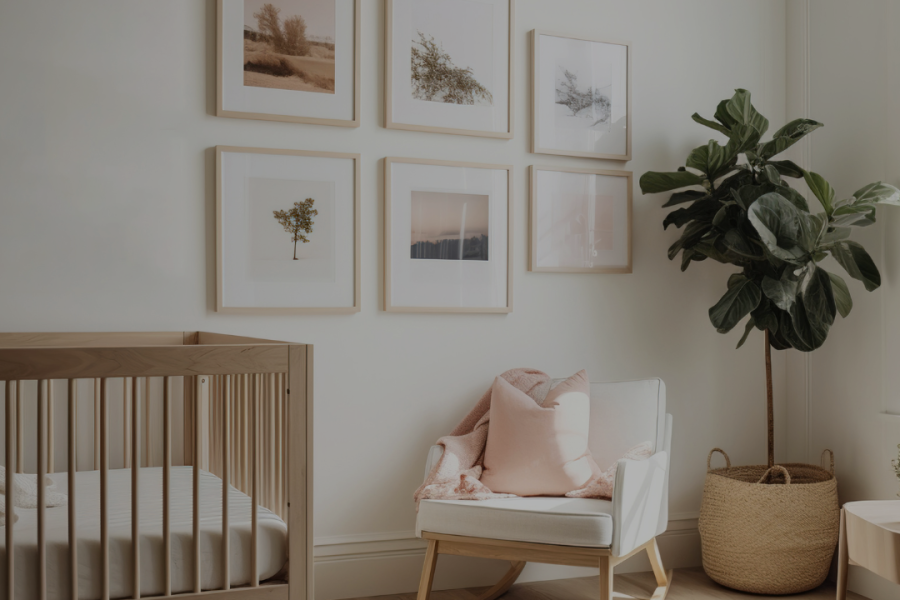For many new parents, nap time becomes a sacred, silent ritual. TVs go off, doors are shut softly, and everyone is told to whisper. It’s all in the name of helping your baby sleep peacefully.
Sign up to receive more tips for better sleep!
But what if too much quiet is actually doing more harm than good?
Let’s talk about the surprising truth behind nap time noise—and what your baby really needs for restful, reliable daytime sleep.
What Happens When It’s Too Quiet?
Babies who sleep in ultra-quiet environments may become more sensitive to everyday noise. So when the doorbell rings or the dog barks, they startle more easily—and wake up before they’re fully rested.
In real life, silence isn’t always possible. And that’s okay.
Why Background Sound Helps
- Consistent background noise (like a white noise machine) helps mask sudden sounds and supports longer naps.
- Exposure to everyday household sounds helps babies adjust and become flexible sleepers.
- Silence can lead to dependency—babies who struggle to nap unless everything is just right.
So, What’s the Ideal Nap Environment?
✅ A darkened room
✅ A consistent white noise machine at a safe distance and volume
✅ Background noise that doesn’t stop life—vacuuming, talking, walking around are all okay
✅ A predictable nap routine so baby knows it’s time to rest
And most importantly—you don’t have to over-engineer it.
Babies are incredibly adaptable when given the chance.
Need Help Building a Real-Life Nap Routine?
If naps are short, chaotic, or inconsistent, I can help. Whether you’re dealing with noise sensitivity, nap transitions, or just trying to get longer stretches, you don’t have to figure it out alone.
💬 Book a free discovery call and let’s build a routine that works for your baby—and your home.

